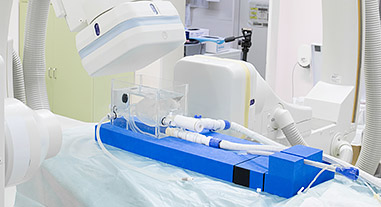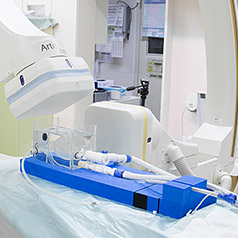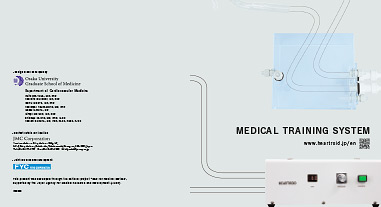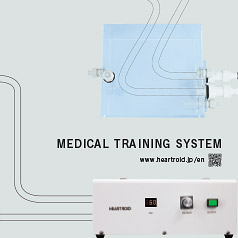
Nowadays, diseases related to atherosclerosis are becoming social problems especially in the developed countries. In particular, among those diseases the number of patients with ischemic heart disease (coronary artery disease) is increasing every year in the world. Aortic aneurysm and aortic valve stenosis, are said to be based on atherosclerosis as well. Moreover, with the advent of catheter ablation therapy, the number of operations for arrhythmia such as atrial fibrillation is rising every year.
On the other hand, coronary artery diseases including angina pectoris and myocardial infarction are often seen even in relatively younger working generations, so that treatment of these diseases is an issue that concerns not only each patient’s QOL (Quality of Life) but also directly relates to the entire world economy. Thanks to the technical advancement and development of catheter intervention in these years, clinical cases formerly treated by surgical operations are now being handled relatively low-invasively. Along with the above trend, there is an increase in opportunities where technically-difficult operations, so called “complex cases”, are performed by using catheters.
‘HEARTROID’ is an ideal training system for both novice operators in catheter intervention and physicians who aim to acquire higher skills. In developing this system, we adopted 3D printing technology that has been showing dramatic advancements in recent years. We believe the system will not only help reduce the patients’ burdens, risks and operation time but also contribute to the efficiency in the global medical economy.
Cited from the website of Osaka University with their permission
HEARTROID PROJECT
(URL : http://www.cardiology.med.osaka-u.ac.jp/?page_id=33676)






